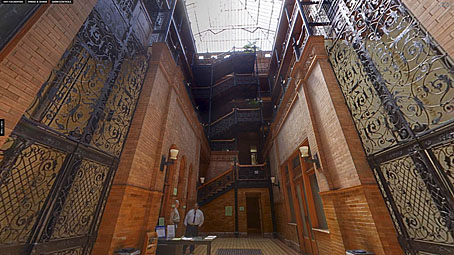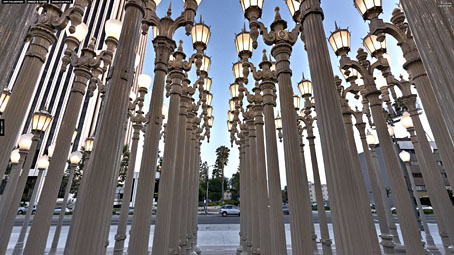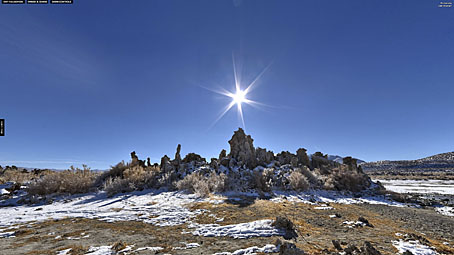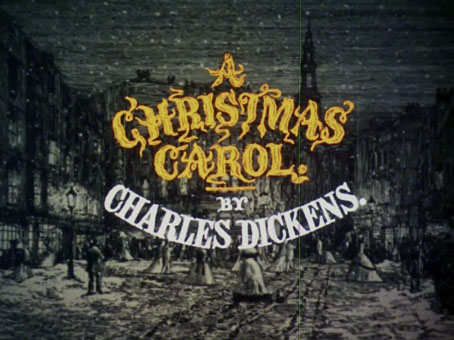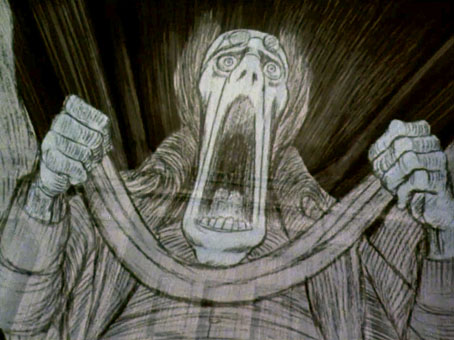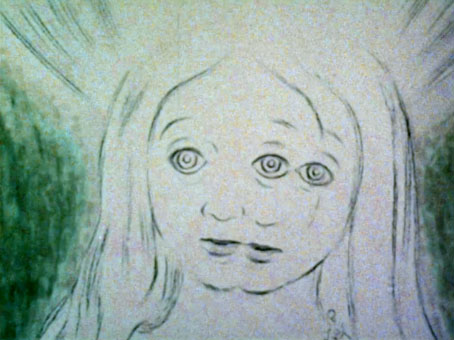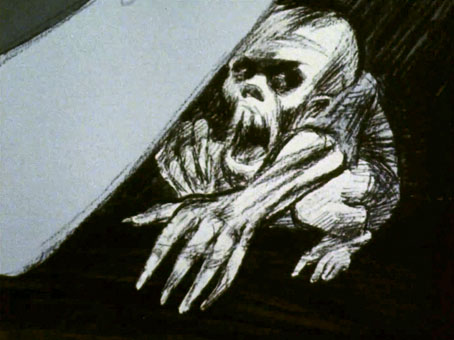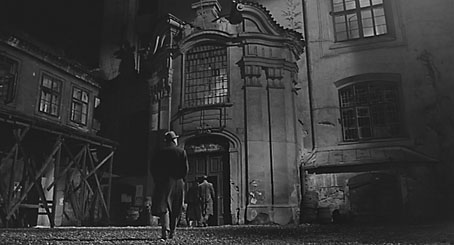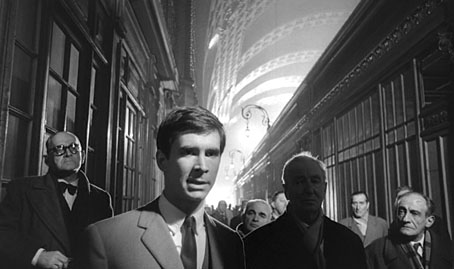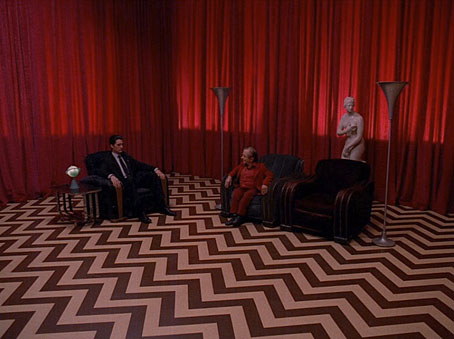
“That gum you like is going to come back in style.” Kyle MacLachlan and Michael J. Anderson in the Black Lodge.
After the chance discovery last week of photo panoramas by Twin Peaks “Giant” Carel Struycken I was doubly-surprised this week when random searching turned up a small Twin Peaks video game. Black Lodge 2600 is a free game for Macs and PCs that emulates the crude graphics and audio of an Atari 2600 cartridge. Jak Locke is the programmer, and his creation appeared last year which is again surprising since I’d have expected to hear about it by now.
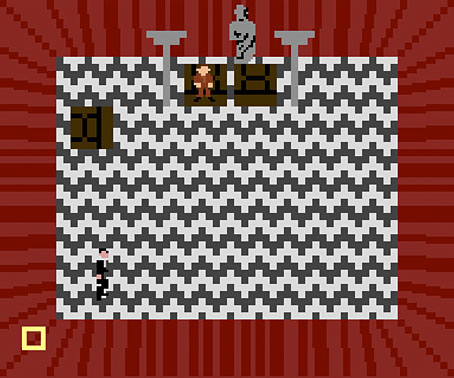
The accompanying manual describes the challenge facing the player:
A day in the FBI was never like this before! You are Special Agent Dale Cooper and you’ve found yourself trapped inside of the Black Lodge, a surreal and dangerous place between worlds.
Try as you might, you can’t seem to find anything but the same room and hallway no matter which way you turn. Worse yet, your doppelganger is in hot pursuit! You have no choice but to keep running through the room and hallway (or is it more than one?) and above all else, don’t let your doppelganger touch you! Your extensive physical training in the FBI will provide you a seemingly limitless supply of energy to run as long as necessary, but running out of breath is the least of your worries!
You’ll find quickly that you’re not alone in the Black Lodge, though your friends are few and far between. Not only that, the lodge itself seems to be actively trying to trip you up at all times! You’ll be dodging chairs and crazed Lodge residents all while trying to keep your own insanity. How long can this go on?
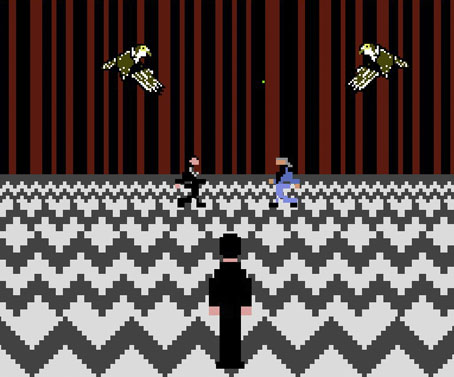
I racked up 800 points before the Bad Dale caught up with me. Those who want to try their hands can download Black Lodge 2600 here.
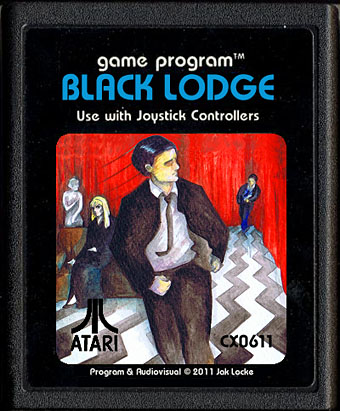
Previously on { feuilleton }
• Carel Struycken’s panoramas
• Bohren & Der Club Of Gore
• Through the darkness of future pasts

